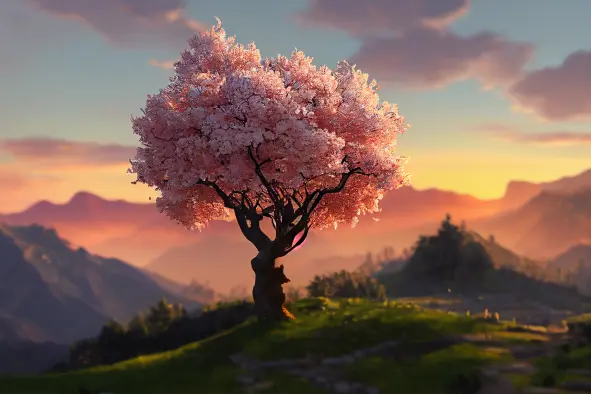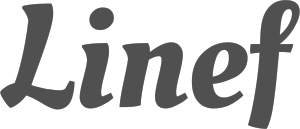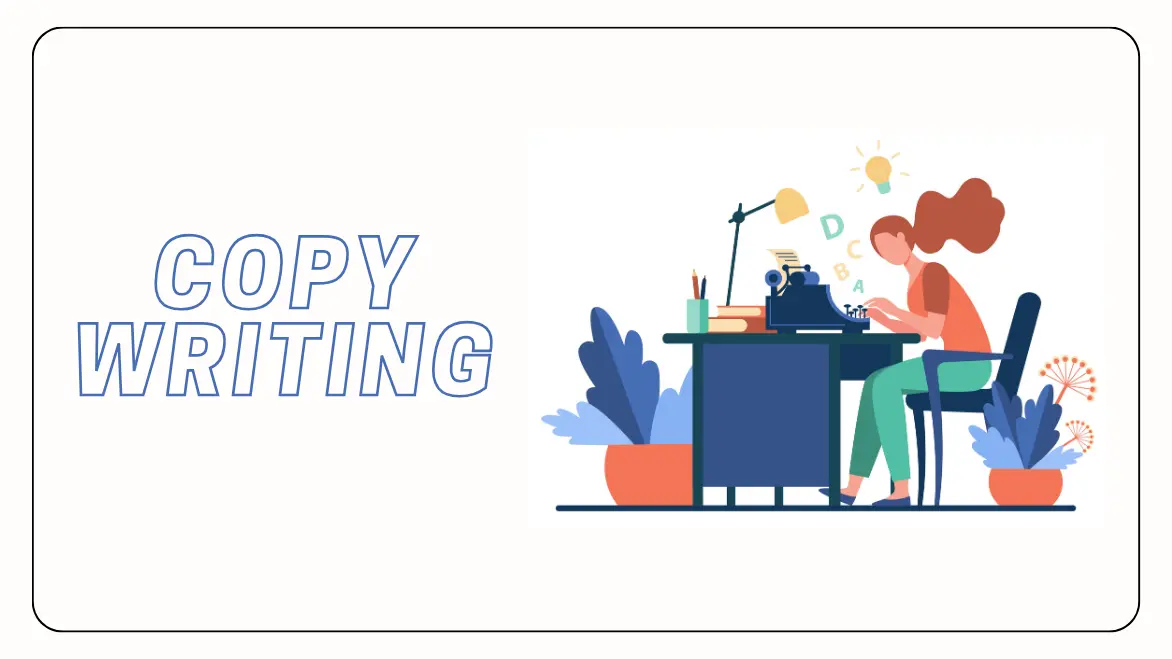AI Image Art has been an inseparable part of human culture since the dawn of time, starting with the remarkable cave paintings. It is a beautiful avenue for self-expression and storytelling, allowing us to unleash our creativity in the most captivating manner.
In recent times, remarkable strides have been made in artificial intelligence (AI), leading to exploring its potential applications across diverse domains, art being one of them. However, the profound understanding and genuine admiration for art continue to be universally acknowledged as uniquely intrinsic to the human experience.
In this fascinating article, we will explore the exciting world of AI images and discover its incredible impact on digital art, art history, and even our own perception of the future of artistic expression. Get ready to embark on a journey into uncharted territories as we uncover the profound implications of this exciting evolution.
AI Image example:-

Crafting Your Prompt
I really enjoy thinking about how the prompt is organized. It’s like a puzzle with different parts that can be grouped into four clusters and arranged in a specific order. It’s worth mentioning that the order affects how the AI image the outcome and gives it a sense of priority.
Content type
Description
Style
Composition
Let’s dive into each of them as we go through the process of writing out a prompt together.
Content type
When you set out to create an artistic masterpiece, the most important thing is to decide what kind of artwork you want to create. It could be a breathtaking photograph, a captivating drawing, a thought-provoking sketch, or even a mind-blowing 3D rendering made with the help of artificial intelligence. The possibilities are endless, and it’s all about unleashing your creativity and bringing something truly amazing to life!
So the prompt would start with…
A photograph of...
A Drawing of...
A Sketch of...Description
Let’s dive into the wonderful world of describing things in detail! When we depict something precisely, we capture its focal point, its unique characteristics, and the overall atmosphere surrounding it. By using vibrant and lively descriptions, we can make the final outcome even better.
So, let’s start with a straightforward explanation of a topic…
A photograph of a wolf...
A Sketch of a lady standing near a tree...
A Drawing of Lion standing on a rock seeing to all other animals...
Although it doesn’t apply in this case, it’s important to think about the specific time period when using artificial intelligence to depict something. If there are people or structures in the visual representation, it becomes crucial to consider the historical context and the time in which it takes place.
Hey there! I’ve got some awesome words you can use to describe different historical eras:
Primitive society, antiquity, middle ages, renaissance, modern world, contemporary, futureStyle
The art style is a significant factor in the depiction, and I enjoy considering style within three sub-categories: Lighting, Detail, and Art styles.
Here are some delightful words you can use to describe different types of lighting:
accent lighting, moonlight illumination, twilight glow, radiant candle flame, concert stage illumination, dawn's early rays, unfiltered sunlight, twilight ambiance, vintage Edison bulb, electric discharge, roaring fire, phosphorescent, luminous with radioactivity, luminescent glow stick, molten lava radiance, celestial moonlight, organic lighting, vibrant neon lamp, club scene lighting, eerie nuclear waste luminescence, cutting-edge quantum dot screen, focused beam of light, rapid flicker, daylight, ultraviolet rays, captivating lighting, obscure illumination, gentle illumination
The beauty of an AI image masterpiece goes beyond just being clear; it stems from the unique qualities of the camera lenses used or the digital rendering engines employed.
Here are some helpful words you can use to make your communication more detailed:
Exquisitely intricate, textured with grains, authentic digital framework, ethereal illumination, visualized through Octane Render, artistic bokeh effects, V-Ray's impeccable rendering, Houdini's mesmerizing visual output, Quixel Megascans' extensive library of lifelike assets, the captivating depth of field (DOF), Arnold Render's mastery of visuals, astonishing 8K ultra-high-definition (UHD) resolution, the brilliance of raytracing technology, the artistry of computer-generated imagery (CGI), the captivating reflections of Lumen.
Artistic styles are a diverse range of methods that we use to classify different types of art throughout history.
Here are some different terms that describe unique artistic styles from ancient times to the present day:
Summary, Middle Ages, Rebirth, Grandeur, Ornamentation, Classicism, Passion, Perception, Post-Expressionism, Geometric, Modernism, Modern Expressionism, Present-day, Popular culture, Dream-like, ImaginationHey there! I’ve got a bunch of cool words for artistic techniques and materials. Check them out below:
Digital art, digital illustration, coloring sheet, showcased on pixiv (for anime/manga), popular on artstation, intricate line-work, fortune-telling card, character creation, imaginative art, balance, perfect proportion, emotive, acclaimed, lustrous, seamless, dreamlike, heavenly, otherworldly, graceful, oil-inspired artwork, gentle, captivating, masterful artwork.
Composition
The other crucial aspect is composition, which encompasses the proportion, camera perspective, and clarity.
Aspect ratio is actually super important when it comes to achieving specific goals. For example, if you’re working on designing a banner, you’d need a different aspect ratio compared to creating a screen saver. It’s all about finding the perfect fit for each unique purpose!
This is an awesome resource that helps you understand how various aspect ratios relate to different sizes.
The essence of camera view lies in the perspective it lends to an image. The decision on whether to adopt a close-up, wide-angle, fisheye, etc…
These are some awesome words you can use for camera view:
ultra-wide, wide view, bird's-eye view, grand scale, ground-level perspective, scenery, expansive, blurred background, distorted lens, tilted angle, low-level shot, vast long-distance shot, distant shot, detailed shot, extreme close-up
When considering resolution, it’s important to think about the level of detail, quality, and size you’re aiming to achieve. Some friendly words you can use to describe resolution include:
exquisitely intricate, focal point range (FPR), high-resolution, 4k Ultra HD, 8k Ultra High Definition, hyper-realistic, professional-grade.
AI image generators like MidJourney, DALL-E 2, and others let you customize their output using extra command parameters. MidJourney, in particular, offers specific parameters that allow you to refine the generated content based on your preferences. You can check out their websites to learn more! Just click on the link above to explore their pages. Have fun exploring!





Hey I am so grateful I found your webpage, I really found you by accident, while I was searching on Askjeeve for something else, Anyways I am here now and would
just like to say cheers for a remarkable post and a all round enjoyable blog (I also love the theme/design), I don’t
have time to look over it all at the moment but I have saved it and also included your RSS feeds, so when I have time I will be back to read a great deal more, Please do keep up the great work.
This article on AI image generators sheds light on the remarkable capabilities of AI in the world of digital art and content creation. It’s exciting to see how technology is enabling new creative possibilities. Thanks for sharing this interesting exploration of AI’s potential!